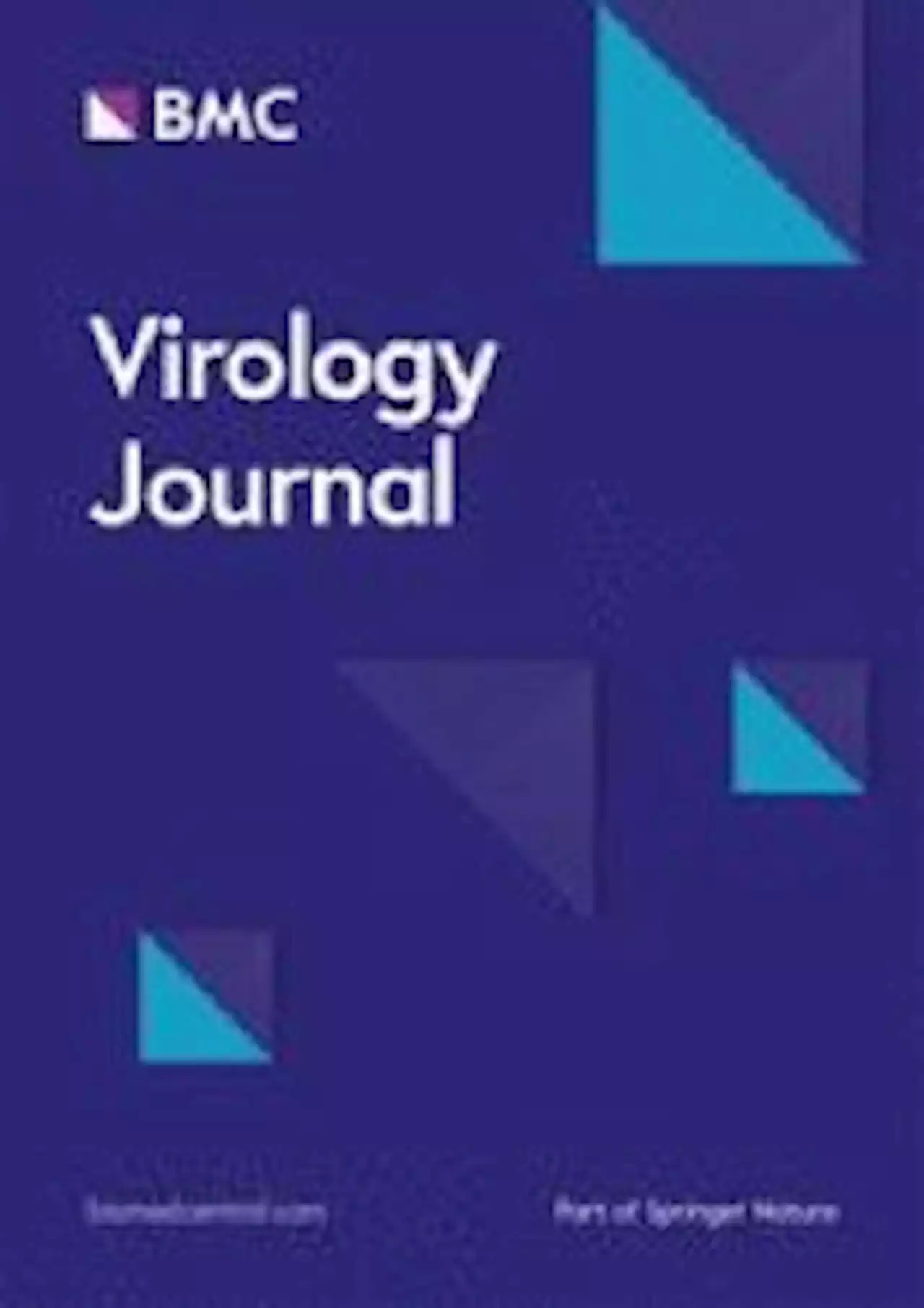How the COVID-19 pandemic affected pregnant women in Mexico Mexico Coronavirus Disease COVID Pregnancy medrxivpreprint
By Dr. Liji Thomas, MDOct 17 2022Reviewed by Benedette Cuffari, M.Sc. The spread of the severe acute respiratory syndrome coronavirus 2 , which is the pathogen responsible for the coronavirus disease 2019 , continues to threaten the health and economic welfare worldwide.
Introduction The high-risk status of pregnant women exposed to SARS-CoV-2 was established because of the various physiological changes occurring during pregnancy that increase the likelihood of a hyper-inflammatory response to the infection. Following infection with SARS-CoV-2, this type of systemic reaction, sometimes called a cytokine storm, has been linked to severe disease, multi-organ dysfunction, and increased mortality risk.
About the study The current study used pregnancy registries from the National Epidemiological Surveillance System of the General Directorate of Epidemiology. All COVID-19 cases were identified using precise definitions, including the presence of a positive reverse transcriptase polymerase chain reaction test.
What did the study show? Of the women in this study, 20% required hospitalization, and about 8% developed pneumonia, with a CFR of just over 1%. This CFR is one-tenth of the previously reported CFR for Mexico in general and is likely because almost 70% of such deaths were in males, half of whom were 60 years or older.
Almost 80% of deaths in the cohort were due to pneumonia, which was reported in previous studies. The presence of this complication increased the risk of death by almost nine-fold. The mortality risk was five-fold higher in pregnant women aged 40-49 years compared to the overall CFR. Despite this, half of the deaths occurred in women aged 30-39 years, while half of the survivors were between 20-29 years of age.
Danmark Seneste Nyt, Danmark Overskrifter
Similar News:Du kan også læse nyheder, der ligner denne, som vi har indsamlet fra andre nyhedskilder.
 COVID pandemic caused changes to global mortality not seen in 70 years, say researchersEngland and Wales saw partial bounce backs from 2020 levels in 2021, while life expectancy in Scotland and Northern Ireland remained at the same 'depressed level' as 2020.
COVID pandemic caused changes to global mortality not seen in 70 years, say researchersEngland and Wales saw partial bounce backs from 2020 levels in 2021, while life expectancy in Scotland and Northern Ireland remained at the same 'depressed level' as 2020.
Læs mere »
 Two cases of acute abdominal pain in patients with COVID-19 in their second week of illnessTwo cases of acute abdominal pain in patients with COVID-19 in their second week of illness JaypeeJournals pain coronavirus covid COVID19 illness
Two cases of acute abdominal pain in patients with COVID-19 in their second week of illnessTwo cases of acute abdominal pain in patients with COVID-19 in their second week of illness JaypeeJournals pain coronavirus covid COVID19 illness
Læs mere »
 COVID-19 outcomes among individuals with common variable immunodeficiencyCOVID-19 outcomes among individuals with common variable immunodeficiency FrontiersIn FrontImmunol koebenhavns_uni COVID19 coronavirus covid immunodeficiency
COVID-19 outcomes among individuals with common variable immunodeficiencyCOVID-19 outcomes among individuals with common variable immunodeficiency FrontiersIn FrontImmunol koebenhavns_uni COVID19 coronavirus covid immunodeficiency
Læs mere »
 The temporal dynamics of variables related to compliance with behavioral measures during the COVID-19 pandemicThe temporal dynamics of variables related to compliance with behavioral measures during the COVID-19 pandemic UvA_Amsterdam sfiscience COVID19 coronavirus covid pandemic
The temporal dynamics of variables related to compliance with behavioral measures during the COVID-19 pandemicThe temporal dynamics of variables related to compliance with behavioral measures during the COVID-19 pandemic UvA_Amsterdam sfiscience COVID19 coronavirus covid pandemic
Læs mere »
 Pathophysiology of Post-COVID syndromes: a new perspective - Virology JournalMost COVID-19 patients recovered with low mortality; however, some patients experienced long-term symptoms described as “long-COVID” or “Post-COVID syndrome” (PCS). Patients may have persisting symptoms for weeks after acute SARS-CoV-2 infection, including dyspnea, fatigue, myalgia, insomnia, cognitive and olfactory disorders. These symptoms may last for months in some patients. PCS may progress in association with the development of mast cell activation syndrome (MCAS), which is a distinct kind of mast cell activation disorder, characterized by hyper-activation of mast cells with inappropriate and excessive release of chemical mediators. COVID-19 survivors, mainly women, and patients with persistent severe fatigue for 10 weeks after recovery with a history of neuropsychiatric disorders are more prone to develop PCS. High D-dimer levels and blood urea nitrogen were observed to be risk factors associated with pulmonary dysfunction in COVID-19 survivors 3 months post-hospital discharge with the development of PCS. PCS has systemic manifestations that resolve with time with no further complications. However, the final outcomes of PCS are chiefly unknown. Persistence of inflammatory reactions, autoimmune mimicry, and reactivation of pathogens together with host microbiome alterations may contribute to the development of PCS. The deregulated release of inflammatory mediators in MCAS produces extraordinary symptoms in patients with PCS. The development of MCAS during the course of SARS-CoV-2 infection is correlated to COVID-19 severity and the development of PCS. Therefore, MCAS is treated by antihistamines, inhibition of synthesis of mediators, inhibition of mediator release, and inhibition of degranulation of mast cells.
Pathophysiology of Post-COVID syndromes: a new perspective - Virology JournalMost COVID-19 patients recovered with low mortality; however, some patients experienced long-term symptoms described as “long-COVID” or “Post-COVID syndrome” (PCS). Patients may have persisting symptoms for weeks after acute SARS-CoV-2 infection, including dyspnea, fatigue, myalgia, insomnia, cognitive and olfactory disorders. These symptoms may last for months in some patients. PCS may progress in association with the development of mast cell activation syndrome (MCAS), which is a distinct kind of mast cell activation disorder, characterized by hyper-activation of mast cells with inappropriate and excessive release of chemical mediators. COVID-19 survivors, mainly women, and patients with persistent severe fatigue for 10 weeks after recovery with a history of neuropsychiatric disorders are more prone to develop PCS. High D-dimer levels and blood urea nitrogen were observed to be risk factors associated with pulmonary dysfunction in COVID-19 survivors 3 months post-hospital discharge with the development of PCS. PCS has systemic manifestations that resolve with time with no further complications. However, the final outcomes of PCS are chiefly unknown. Persistence of inflammatory reactions, autoimmune mimicry, and reactivation of pathogens together with host microbiome alterations may contribute to the development of PCS. The deregulated release of inflammatory mediators in MCAS produces extraordinary symptoms in patients with PCS. The development of MCAS during the course of SARS-CoV-2 infection is correlated to COVID-19 severity and the development of PCS. Therefore, MCAS is treated by antihistamines, inhibition of synthesis of mediators, inhibition of mediator release, and inhibition of degranulation of mast cells.
Læs mere »
